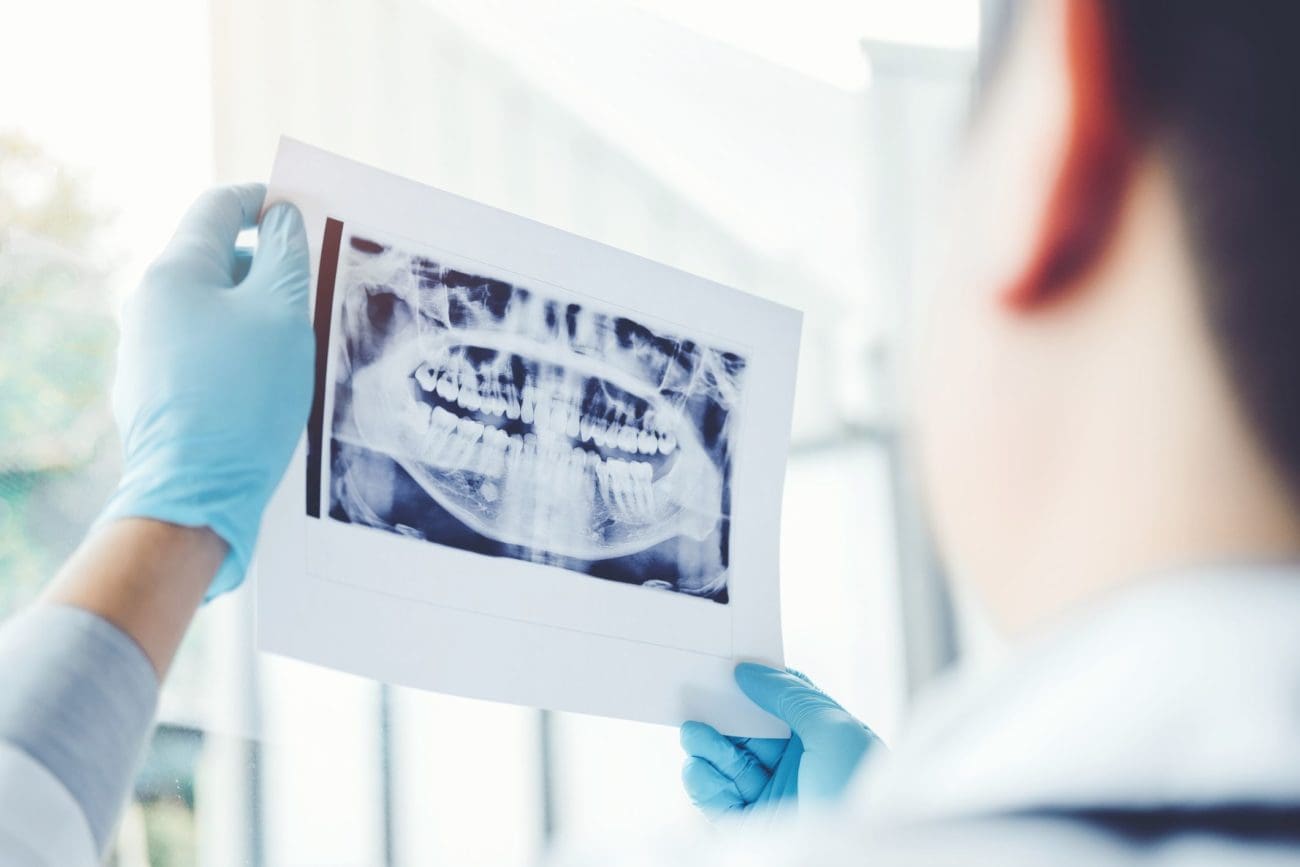Your smile consists of your teeth and how they fit in a row. Together, they make it possible for you to chew, smile, and speak, making them essential tools. By the time you reach adulthood, you have 32 teeth; however, not everyone can hold all 32 teeth comfortably in their mouth. Many adults will have 28 teeth after a dentist removes their third molars. Individually, they have specific names and roles in helping you on a daily basis.

What Are the Types of Teeth?
The front four teeth on the top and bottom of your mouth are called incisors. The incisors are the most visible part of your smile. Incisors are sharp, and the shape of your incisors makes it possible for you to bite into food. In addition, you are able to sense the texture of the food or objects you put into your mouth because of your incisors.
Next to the incisors lie the canines. There are four canines, also called cuspids, on each corner of your mouth. Canines have a pointed shape to help grab and tear food.
Between the canines and the molars are eight premolars. Physically, premolars look like a combination of molars and canines, and they provide a similar service to your mouth. Like canines, they tear and cut into food.
Molars are the teeth that are in the back of your mouth closest to your throat. Your molars grind your food into small, fine particles to make it easy to swallow. In total, you have three sets of molars on the top and bottom of your mouth. The third set of molars, also called “wisdom teeth,” will come in during your late teens or early 20s. Most people will need to have their wisdom teeth removed in order to protect the integrity of their smile.
If dentists do not remove wisdom teeth, the teeth can change your bite pattern. Without enough room, your teeth can shift and require future orthodontic procedures. If your mouth doesn’t have enough room for all your teeth, your wisdom teeth can become impacted, meaning they cannot break the surface of your gums. Wisdom teeth can even grow diagonally or at a 90-degree angle.
What Are Teeth Made Of?
The enamel is the outermost layer of your tooth. This layer protects the sensitive inner portions of the tooth. When you look in the mirror, the enamel is the white part of your tooth that you can see. The enamel is the hardest tissue in the entire body, so it is fully capable of keeping the delicate nerves in your tooth safe.
Some aspects of your diet can wear away your enamel. For example, foods that are high in sugar or acid can deteriorate the enamel and increase your risk of tooth decay. Even grinding your teeth can wear down your enamel over time. Once the enamel is gone, it cannot be replaced, and you may need restorative treatments to protect your teeth.
Dentin is the next layer of your tooth that is closest to bone tissue. The dentin makes up most of your tooth and has small tube-like structures connecting to the pulp.
Pulp refers to the innermost portion of your tooth. The pulp consists of the “live” part of your tooth composed of nerves and blood vessels.
